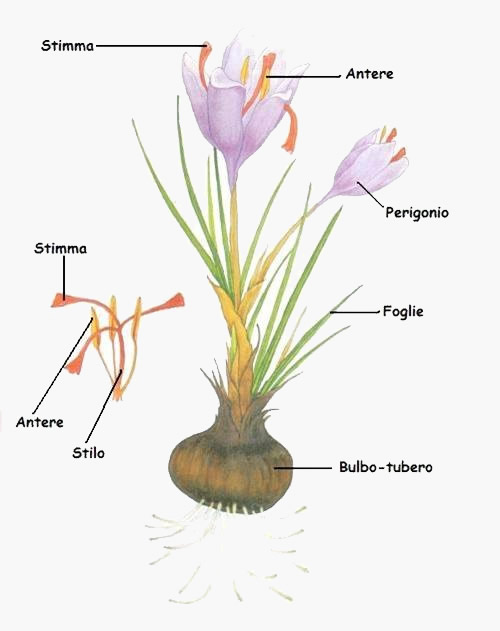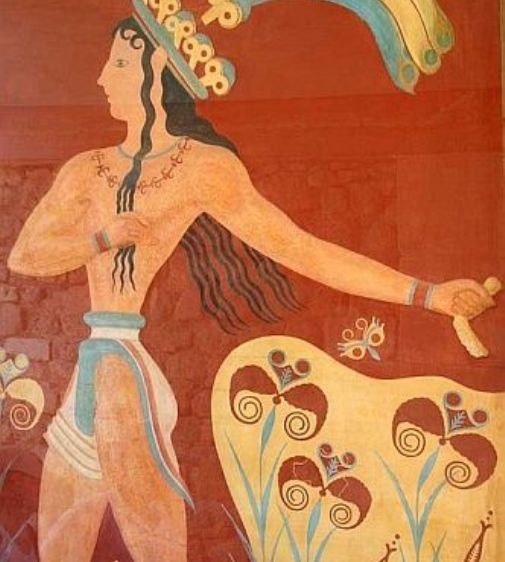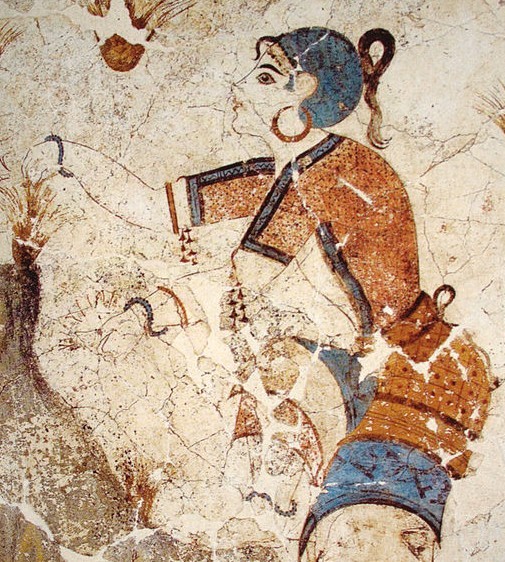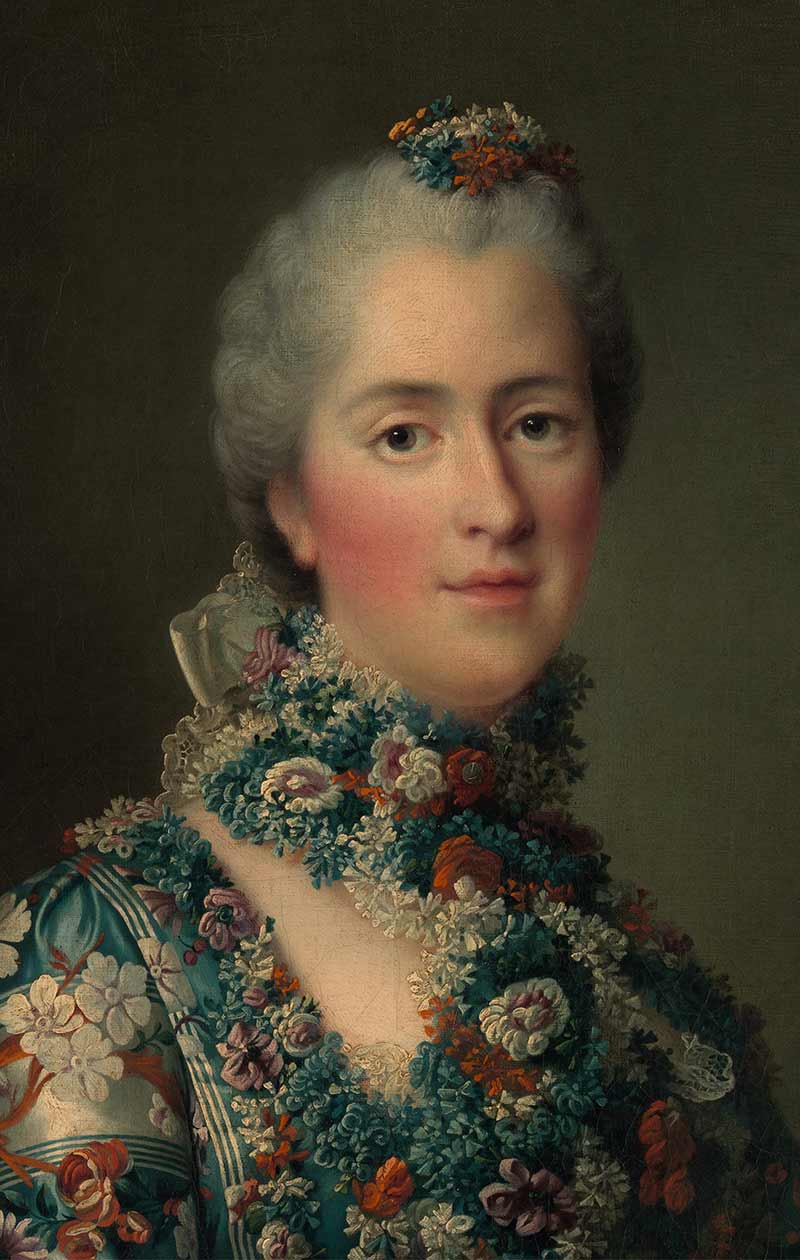Cultivation and History
Saffron
Saffron, whose name in Linnaeus’ Systema naturae nomenclature is Crocus sativus, is a perennial bulbous plant belonging to the Iridaceae family. Its origin is still uncertain since the wild relative is unknown.
Since Saffron is a sterile triploid, i.e. it lacks sexual reproduction, it does not produce seeds and therefore multiplies only through the duplication of its bulb-tubers.
The biological cycle of Saffron goes through a phase of vegetative activity and a phase of rest or dormancy: after sowing in the field, with the first rains of late summer, the vegetative phase begins, leading to autumn flowering in October-November. After flowering, the plant undergoes full foliar development and reproductive activity through multiplication of the bulb-tubers, lasting all winter. In spring, the foliar apparatus dries up and the plant enters the dormancy phase, during which the bulbs can be dug up and stored until time of replanting.
CLASSIFICATION:
- Regno: Plantae
- Clado: Angiosperme
- Clado: Monocotiledoni
- Ordine: Asparagales
- Famiglia: Iridaceae
- Genere: Crocus
- Specie: Crocus Sativus

The ancient Croco
The word Saffron derives from the Arabic zaha-farān (زعفران), which means “sunshine”.
Saffron has been known since the most remote times: Virgilio, Plinio and other authors of classicism allude to it in their writings. Ovidio mentions Saffron in the ‘Metamorfosi’ when he describes the love of Croco (human) and Smilace (a nymph) strongly opposed by the gods, who punished the two lovers by transforming him into the Saffron plant and her into that of Sarsaparilla (Smilax aspera). The intense orange colour of the pistils represents Croco’s loving passion. Mentioned also by Omero in the Iliade, Saffron served as bed for Zeus, while ancient writers explain how Saffron was dissolved in wine to be sprinkled in theaters, on pyres, in thalamus and in hair.
In Roman mythology, the origin of Saffron is linked to Mercurio, who accidentally killed his dear friend Croco during a discus throw game. To remember his friend, he dyed a plant with his friend’s blood and named it Croco: the colour of the pistil represents the spilled blood of Croco. The Romans used Saffron to pave with flowers the streets when princes and emperors passed, to colour with yellow the veils of brides, while priests and sacrificers used to gird their heads with Saffron flowers during propitiatory rites and religious ceremonies. In ancient Egypt it was used as a dye for clothes (also to dye the bandages of mummies), to produce medicinal ointments and perfumes: it is said that Cleopatra herself used Saffron to give a golden touch to her skin.
The origin of Saffron is presumed in distant countries, most likely India and neighbouring areas, where Saffron was used for dyeing, cosmetics and as a medicine. Later the Arabs introduced it in Europe, specifically in the Mediterranean countries most suited for climate and soil conditions, where it is still cultivated today: Italy, Spain and Greece.
In the fourteenth century, a monk from Abruzzo, Father Santucci – inquisitor at the time of Philip II – introduced the spice from Spain to Italy. When the flower arrived in Abruzzo, the town named Aquila found in Saffron the fulcrum of its economy, to the point that a product with a higher quality than the Spanish one started to be harvested in the area. At the same time, cultivation in Sicily, Sardinia and some central Italian countries expanded thanks to the strong demand from the markets that praised the product and favoured its trade.
Saffron was no longer just a bargaining goods, rather it became a reliable substitute for gold and money.
In recent decades, the cultivation of Saffron has greatly reduced. The lack of manpower, the evolution or involution of consumption, the abandoning of the countryside, the antagonism of foreign products and the inadequacy of trades reduced the cultivation of this ancient flower to the role of integrative cultivation, secondary to other productions.
TradizioneEvoluzione chooses to boost an Italian excellence and to stand by the many small farmers of the peninsula who still believe in this spice, keeping alive a millenary tradition with the strength of their passion.
Cultivation
Soil preparation
It starts working deeply the soil, continuing with several rounds until it is soft and loose. Before sowing, it is recommended to fertilize the soil with an organic correction of 20-30 kg / ha of mature manure, usually completing with the addition of inorganic fertilizers in a mixture of phosphorus, potassium and nitrogen.
Sowing
The use of large calibre bulbs, i.e. > 2cm, is recommended as the size of the bulb determines the number of flower buds and therefore of the yield. Sowing takes place between May and July, depending on the area. Bulbs are planted at a depth of about 15-20 cm. and the recommended density is about 50 bulbs per m2. It is usually sown in rows at about 50 cm from each other, leaving about 15 cm between bulbs within rows.
Irrigation
When compared to other horticultural crops, Saffron requires little water as it is drought resistant. The only particularly delicate moment is flowering time when it becomes necessary to ensure sufficient water if it does not rain.
Weeding and phytosanitary protection
One month after sowing, in case of weeds it is advisable to dig about 10cm deep, being careful not to damage the bulbs.
In September, superficial plowing between rows is usually carried out to break the crust, soften and aerate the soil and eliminate weeds. In general, Saffron is grown in light, well-drained soils, without major phytosanitary problems. Occasionally, the most serious problems are those generated by fungi infections, that can be prevented treating the bulbs with copper-based products. Damage by rodents, wild boars and deer feeding on tubers are often reported.
Harvesting
Flowering starts around the end of October / November and lasts about 10 days: during the first five days, 70% of the production is harvested. The collection of flowers is manual and must be done early in the morning before the flower opens. This operation consists in cutting the flowers at the base of the corolla, placing them in small baskets to prevent crushing under their own weight. Finally, the purple pistils are separated manually from the rest of the flower.
Drying
Drying is the process that eliminates water from the freshly harvested saffron stigmas. It allows to maintain the organoleptic properties of the product and to guarantee its conservation over time.
It is a delicate operation, requiring experience, which is carried out in special low-temperature dryers. At the end of the procedure the stigmas lose about 20% of their fresh weight, becoming the spice we know.









